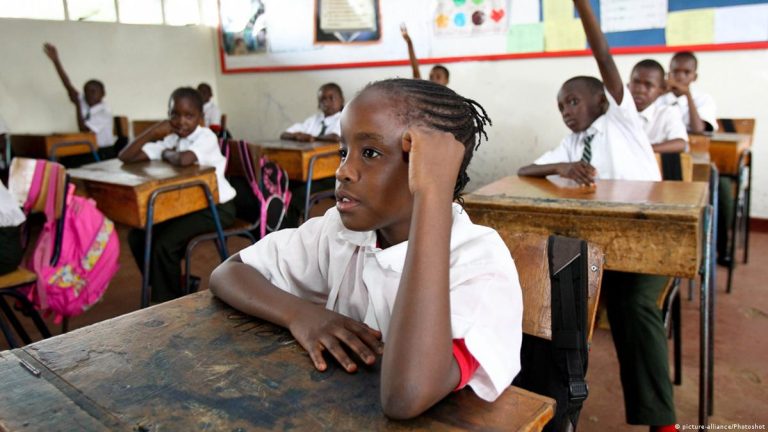JSS2 3RD TERM SECURITY EDUCATION LESSON PLAN
WEEK: 2 DATE: CLASS: JSS 2
SUBJECT: SECURITY EDUCATION
LESSON TITLE: Involving in Emergency situation
PERIOD: 1 & 2 DURATION: 80 Minutes
LEARNING OBJECTIVES: By the end of the lesson, the students should be able to;
- Explain the necessary methods to be involved in emergency situation.
- Develop interest in participating in emergency situation through the use of emergency numbers in Nigeria.
KEY VOCABULARY WORDS: emergency etc.
RESOURCES & MATERIALS: audio visual resources: security textbooks, phones, (for emergency numbers) such as Hospital Emergency Room, NCDC etc.
BUILDING BACKROUND/CONNECTION TO PRIOR KNOWLEDGE: the Students are familiar with emergency situations.
CONTENT
An emergency is a situation that poses an immediate risk to health, life, property, or environment. Most emergencies require urgent intervention to prevent a worsening of the situation, although in some situations, mitigation may not be possible and agencies may only be able to offer palliative care for the aftermath.
While some emergencies are self-evident (such as a natural disaster that threatens many lives), many smaller incidents require that an observer (or affected party) decide whether it qualifies as an emergency.
The term ‘emergency’ is broadly described as a serious, unexpected, and often dangerous situation that requires immediate action. Within the workplace, situations and scenarios that pose a threat to the employees, the public or the environment; has the potential to cause major disruption; and causes a substantial amount of damage are considered as major incidents. Some examples of workplace emergencies include fires, flooding, power cuts, gas leakage, toxic spillage, accidents, assaults, severe crimes, bomb threats and suspicious packages.
In the workplace, your first priority is human life, including your own. Everything else, comes secondary, after all possible danger to life has been dealt with.
Most developed countries have a number of emergency services operating within them, whose purpose is to provide assistance in dealing with any emergency. They are often government
| operated, paid for from tax revenue as a public service, but in some cases, they may be private companies, responding to emergencies in return for payment, or they may be voluntary organizations, providing the assistance from funds raised from donations. Most developed countries operate three core emergency services
• Police – handle mainly crime-related emergencies. • Fire – handle fire-related emergencies and usually possess secondary rescue duties. Medical – handle medical-related emergencies. There may also be a number of specialized emergency services, which may be a part of one of the core agencies, or may be separate entities who assist the main agencies. This can include services, such as bomb disposal, search and rescue, and hazardous material operations. How to deal with an emergency situation 1. Raise the alarm. 2. Inform the public of the emergency. 3. Utilize on-site emergency response (i.e, use of fire extinguishers, etc. 4. Summon the emergency services 5. Crowd management, including evacuation, where necessary 6. Evacuate people with disabilities. 7. Incident control. 8. Provide first aid and medical assistance. Here are some ways to be ready to help in an emergency: |
|
| | When you’re outdoors, make sure you’re in an area where you can call out for help even if you don’t have a phone with you. |
| | Know how to call your local emergency number. |
| | If you have one, carry a cellphone or know how to use your parent’s cellphone. |
| | Learn first aid. Look for basic first-aid classes with your local Red Cross, the Boy or Girl Scouts, your local hospital, and other organizations. Or ask your school nurse to have a first-aid class just for students in your school.
It’s scary to think about someone getting hurt. But the truth is that accidents can and do happen. So it’s good to know what to do if someone needs emergency medical help. Even though you’re a kid, you can make a big difference by doing the right thing. |
Learning activities:
- Students as small groups, discuss methods involved in any emergency situation.
- Students as small groups during their interactive session outline the tips involving in emergency situation.
ASSESSMENT (EVALUATION):
- What is emergency?
- How do you deal with emergency situations?
WRAP UP (CONCLUSION)
The teacher wraps up and concludes the lesson using web summary method and correct any mistake observed during the assessment.
ASSIGNMENT:
List 5 ways you can help in an emergency.
HOD/VP’S COMMENTS & ENDORSEMENT:
AGRICULTURAL SCIENCE NOTE
SCHEME OF WORK FOR AGRICULTURAL SCIENCE 1,2,& 3RE TERM | LAGOS STATE






